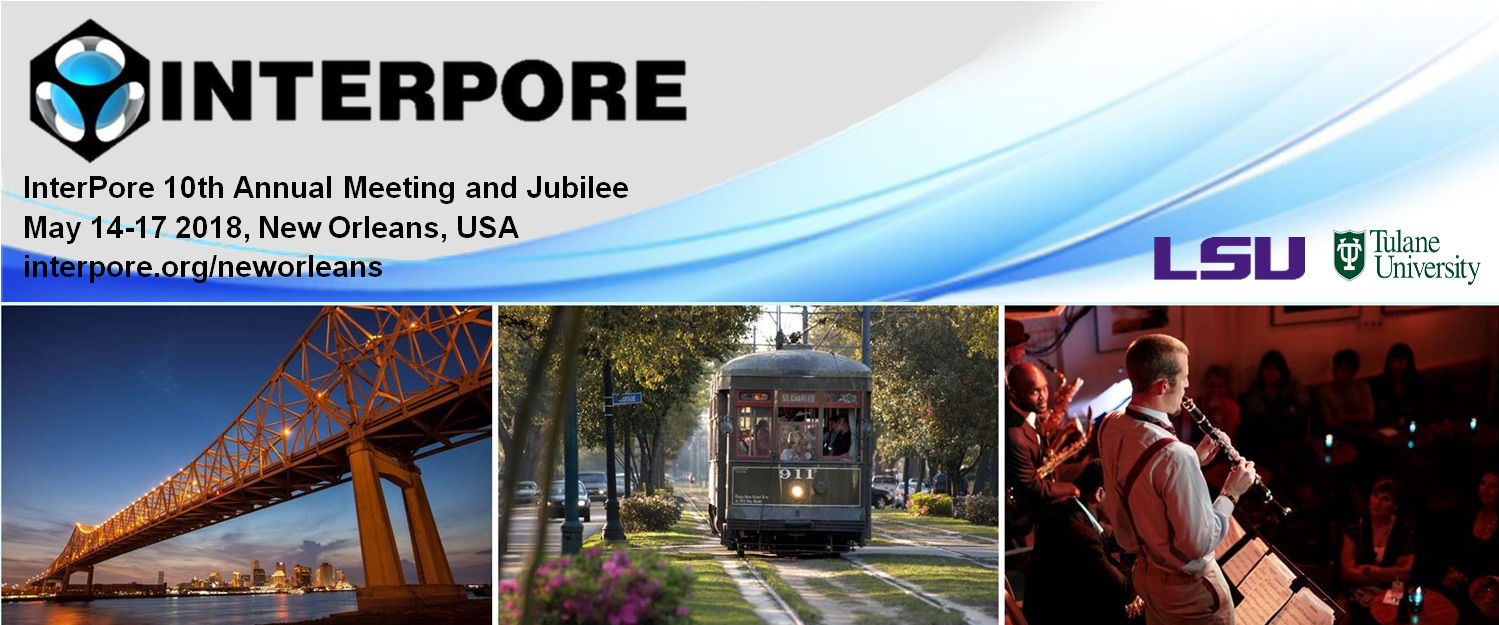Speaker
Description
We have given experimental grounding for the remarkable observation made 30 years ago by Furuberg et al. [1] of an unusual dynamic scaling for the pair correlation function $N(r,t)$ during the slow drainage of a porous medium. The authors of that paper have used an invasion percolation algorithm to show numerically that the probability of invasion of a pore at a distance $r$ away and after a time $t$ from the invasion of another pore, scales as $N(r,t)\propto r^{-1}f\left(r^{D}/t\right)$, where $D$ is the fractal dimension of the invading cluster and the function $f(u)\propto u^{1.4}$, for $u \ll 1$ and $f(u)\propto u^{-0.6}$, for $u \gg 1$. Our experimental setup allows us to have full access to the spatiotemporal evolution of the invasion, which was used to directly verify this scaling [2]. Additionally, we have connected two important theoretical contributions from the literature [3,4] to explain the functional dependency of $N(r,t)$ and the scaling exponent for the short-time regime ($t \ll r^{D}$). A new theoretical argument was developed to explain the long-time regime exponent ($t \gg r^{D}$).
References
[1] L. Furuberg, J. Feder, A. Aharony, and T. Jøssang, Dynamics of Invasion Percolation, Phys. Rev. Lett. 61, 2117 (1988).
[2] M. Moura, K.J. Måløy, E.G. Flekkøy and R. Toussaint, Verification of a Dynamic Scaling for the Pair Correlation Function during the Slow Drainage of a Porous Medium, Phys. Rev. Lett. 119, 154503 (2017).
[3] S. Roux and E. Guyon, Temporal development of invasion percolation, J. Phys. A 22, 3693 (1989).
[4] S. Maslov, Time Directed Avalanches in Invasion Models, Phys. Rev. Lett. 74, 562 (1995).
| Acceptance of Terms and Conditions | Click here to agree |
|---|


